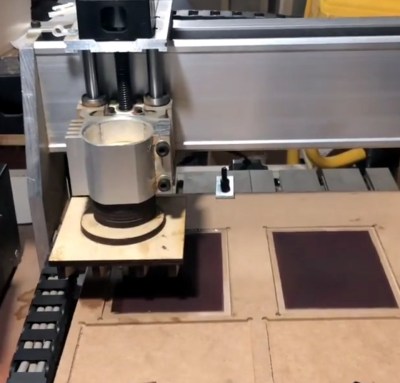Even though not all of us will do it, many of us are interested in the art of casting metal. It remains a process that’s not out of reach, though, especially for metals such as aluminium whose melting points are reachable with a gas flame. The video below the break takes us through the aluminium casting process by showing us the lost-foam casting of a cylinder head for a BSA Bantam motorcycle.
The foam pattern is CNC milled to shape, and the leftover foam swarf is removed with a hot wire. The pattern is coated with a refractory coating of gypsum slurry, and the whole is set up in a tub packed with sand. We get the impression that the escaping gasses make this a tricky pour without an extra sprue, and indeed, they rate it as not perfect. The cooling fins on the final head are a little ragged, so it won’t be the part that goes on a bike, but we can see with a bit of refining, this process could deliver very good results.
For this pour, they use a gas furnace, but we’ve seen it done with a microwave oven. Usually, you are losing wax, not foam, but the idea is the same.


















